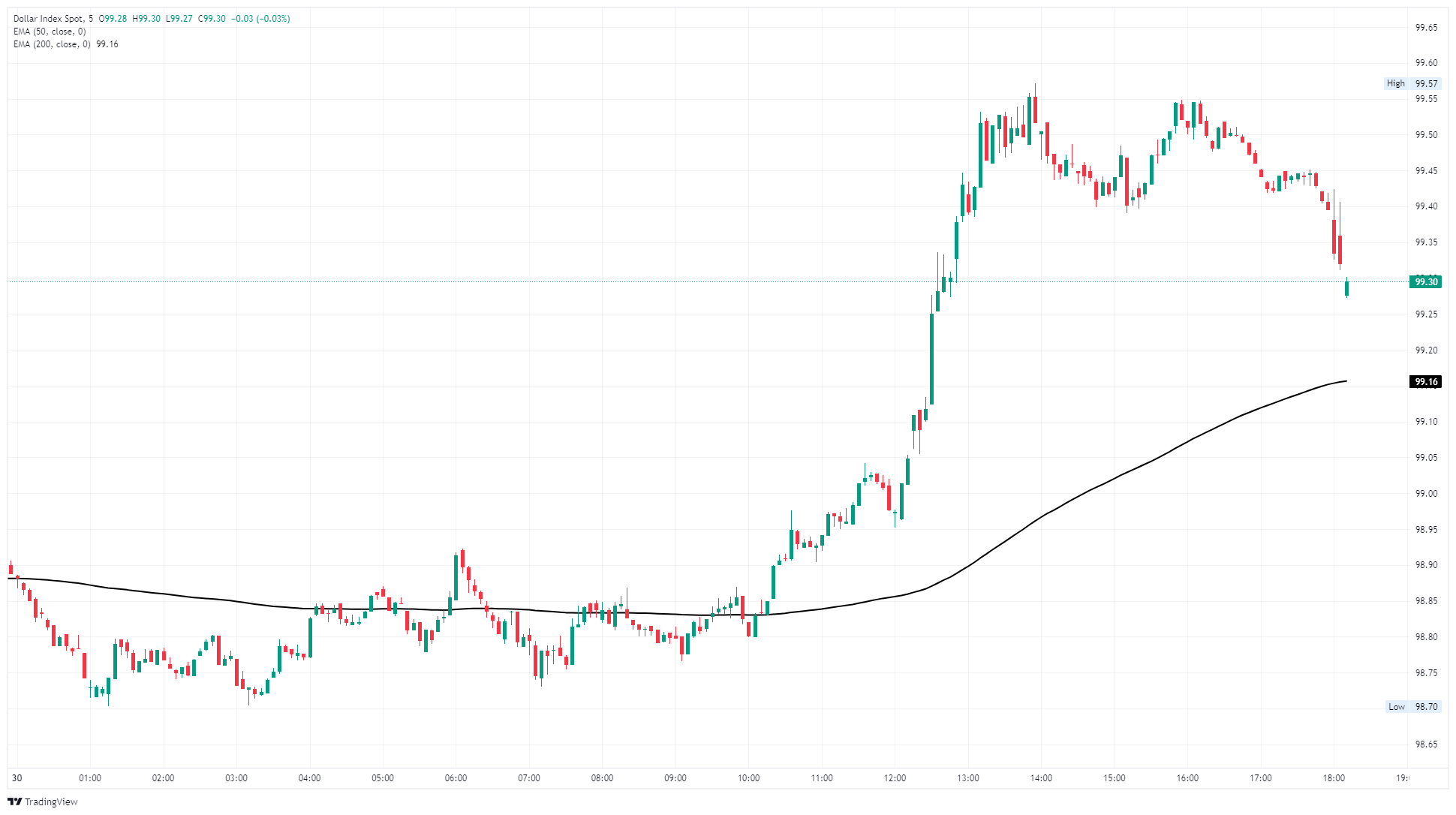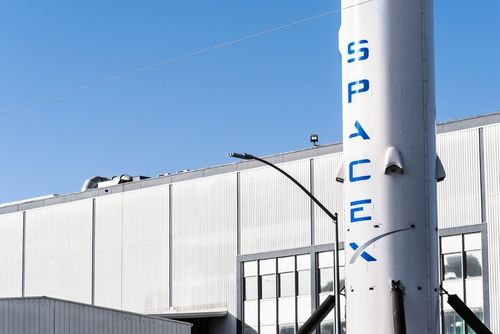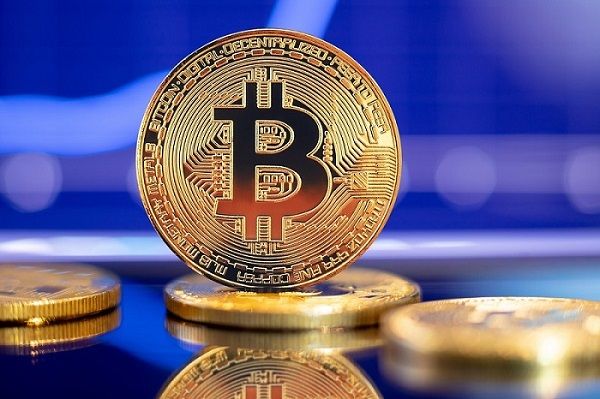US Dollar Index see a slight softening after Fed stands pat on rates once again

- The US Dollar Index jittered post-Fed rate call, but traders remain glued to their screens for Powell's appearance.
- A rate hold was broadly expected on Wednesday, but markets are looking for signs that the Fed will cut in September.
- US President Donald Trump remains irate that the Fed isn't slashing interest rates despite a strong economy.
The US Dollar Index (DXY) jittered on Wednesday following the Federal Reserve's (Fed) latest interest rate hold. The Fed's main reference rate remains steady at 4.25-4.5%, as many market participants expected. The US Dollar softened slightly immediately following the Fed's interest rate decision, but bigger moves and higher volatility could be on the way.
Read more Fed rate call news: Federal Reserve set to leave interest rates stable as mounting uncertainty clouds economic outlook
Fed Chair Jerome Powell is set to begin his press conference and follow-up Q&A session with reporters at the bottom of the hour, 18:30 GMT. Investors will be holding off on any big moves until they get a clearer picture of the Fed's upcoming moves from the press conference.
According to the CME's FedWatch Tool, rate markets are still pricing in over 60% odds of at least a quarter-point rate cut on September 17.
DXY 5-minute chart

Fed FAQs
Monetary policy in the US is shaped by the Federal Reserve (Fed). The Fed has two mandates: to achieve price stability and foster full employment. Its primary tool to achieve these goals is by adjusting interest rates. When prices are rising too quickly and inflation is above the Fed’s 2% target, it raises interest rates, increasing borrowing costs throughout the economy. This results in a stronger US Dollar (USD) as it makes the US a more attractive place for international investors to park their money. When inflation falls below 2% or the Unemployment Rate is too high, the Fed may lower interest rates to encourage borrowing, which weighs on the Greenback.
The Federal Reserve (Fed) holds eight policy meetings a year, where the Federal Open Market Committee (FOMC) assesses economic conditions and makes monetary policy decisions. The FOMC is attended by twelve Fed officials – the seven members of the Board of Governors, the president of the Federal Reserve Bank of New York, and four of the remaining eleven regional Reserve Bank presidents, who serve one-year terms on a rotating basis.
In extreme situations, the Federal Reserve may resort to a policy named Quantitative Easing (QE). QE is the process by which the Fed substantially increases the flow of credit in a stuck financial system. It is a non-standard policy measure used during crises or when inflation is extremely low. It was the Fed’s weapon of choice during the Great Financial Crisis in 2008. It involves the Fed printing more Dollars and using them to buy high grade bonds from financial institutions. QE usually weakens the US Dollar.
Quantitative tightening (QT) is the reverse process of QE, whereby the Federal Reserve stops buying bonds from financial institutions and does not reinvest the principal from the bonds it holds maturing, to purchase new bonds. It is usually positive for the value of the US Dollar.







